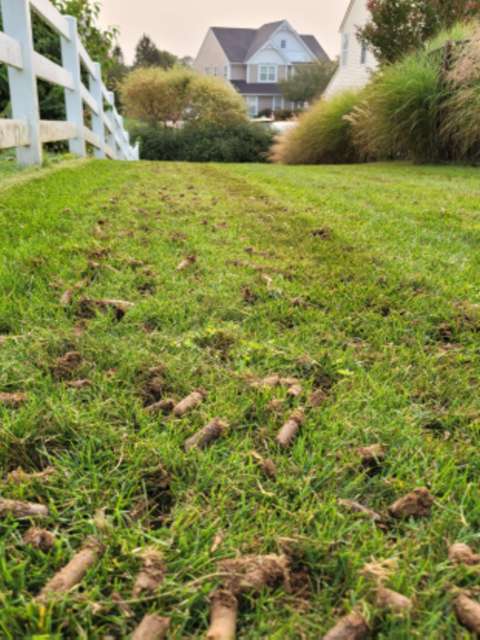
Lawn aeration is a crucial process that helps to keep your lawn healthy and green. It involves perforating the soil with small holes to allow air, water, and nutrients to penetrate the grass roots. This guide will take you through everything you need to know about lawn aeration, including the benefits, the best time to aerate your lawn, and how to do it yourself.
| Lawn aeration is a process that involves perforating the soil with small holes to allow air, water, and nutrients to penetrate the grass roots. |
| The best time to aerate your lawn is during the growing season when the grass can heal and fill in any open areas after soil plugs are removed. |
| You can aerate your lawn yourself using a manual or powered aerator, or you can hire a professional lawn care service. |
| After aerating your lawn, it’s essential to water it thoroughly to help the grass recover. |
Lawn aeration has several benefits, including:
The best time to aerate your lawn is during the growing season when the grass can heal and fill in any open areas after soil plugs are removed. For warm-season grasses, such as Bermuda grass and Zoysia grass, the best time to aerate is in late spring or early summer. For cool-season grasses, such as Kentucky bluegrass and fescue, the best time to aerate is in the fall.
You can aerate your lawn yourself using a manual or powered aerator, or you can hire a professional lawn care service. Here are the steps to aerate your lawn:
Lawn aeration is a simple process that can have a significant impact on the health and appearance of your lawn. By following the steps outlined in this guide, you can aerate your lawn yourself or hire a professional lawn care service to do it for you. Remember to water your lawn thoroughly after aerating to help the grass recover.
One Stop Lawn Care
Spring Starter Lawn Treatment
Get the season off to a great start.
More DetailsEarly Summer Lawn Treatment
Green and strong all summer long.
More Details